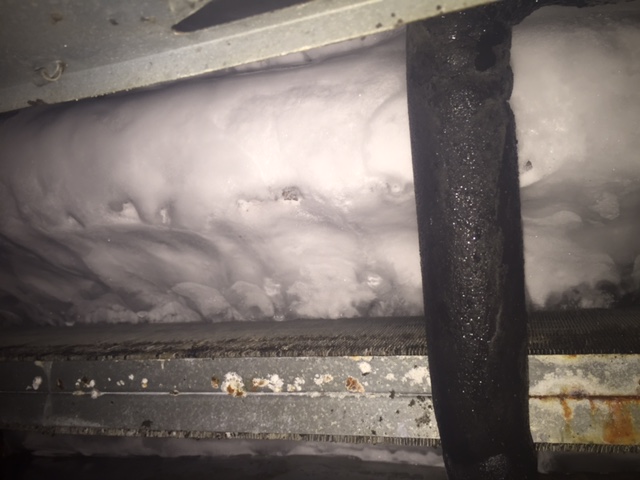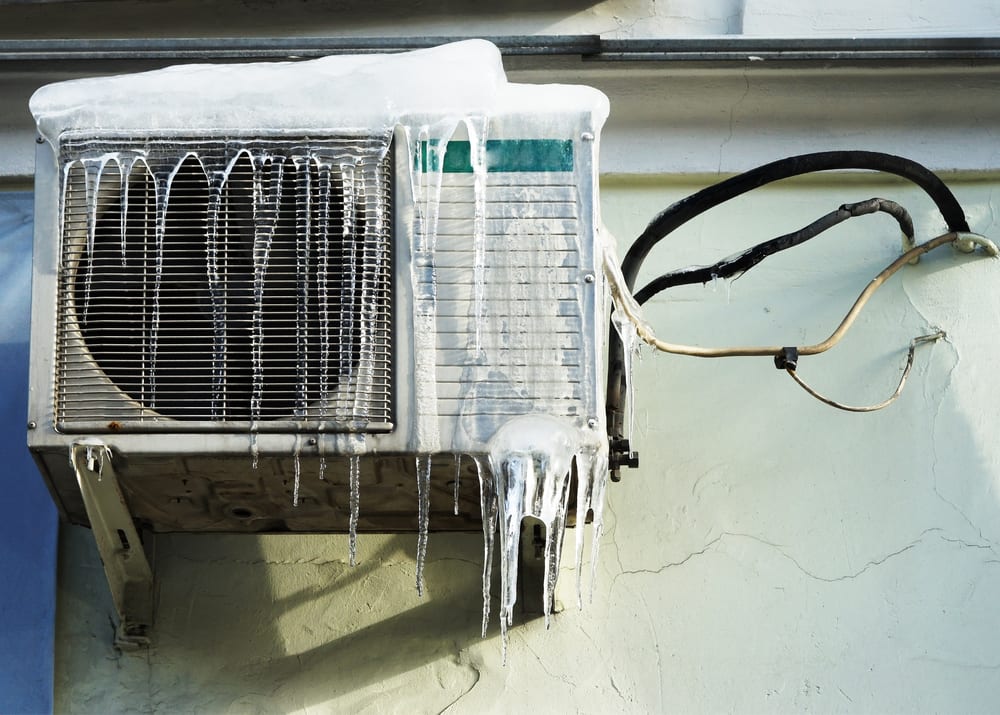The Air Conditioner Pipe Is Frozen - What Do I Do? Guidance for Homeowners
The Air Conditioner Pipe Is Frozen - What Do I Do? Guidance for Homeowners
Blog Article
Are you trying to locate critical information about Have a Frozen AC Line? Here’s How to Fix It?

Intro
Discovering that your air conditioner pipe is iced up can be concerning, specifically during warm summer season when you rely upon your air conditioning unit one of the most. Understanding what to do in such a circumstance is crucial to avoid more damages to your cooling system and ensure your convenience inside.
Understanding the Causes
Several elements can add to the cold of an air conditioner pipeline. Understanding these reasons can help you address the issue efficiently.
Lack of Airflow
One common reason for an icy air conditioning pipe is inadequate air flow. When the air flow over the evaporator coil is restricted, it can cause the coil to drop below freezing temperature level, bring about ice development on the pipeline.
Reduced Refrigerant Levels
Insufficient refrigerant degrees in your air conditioning system can likewise lead to an icy pipeline. Low refrigerant degrees can create the stress in the system to go down, bring about the freezing of moisture on the evaporator coil.
Winter Conditions
In colder climates, freezing temperature levels outside can contribute to the cold of air conditioning pipelines. If your AC system is not effectively protected or if there are leakages in the ductwork, cool air can infiltrate the system, triggering the pipeline to ice up.
Dirty Air Filters
Unclean or clogged air filters can restrict air flow in your air conditioner system, leading to various issues, including a frozen pipe. It's necessary to replace or clean your air filters on a regular basis to make certain correct air movement and stop ice build-up.
Indications of a Frozen A/c Pipe
Acknowledging the signs of an icy a/c pipe is essential for prompt action.
Decreased Airflow
If you see a substantial decrease in air flow from your vents, it might suggest an icy pipeline.
Ice Buildup on the Pipe
Noticeable ice buildup on the refrigerant line or the evaporator coil is a clear indicator of an icy a/c pipe.
Weird Sounds from the Unit
Unusual noises, such as hissing or bubbling, coming from your AC device can signify that there's ice existing on the pipe.
Immediate Actions to Take
When faced with a frozen a/c pipe, it's important to act quickly to prevent additional damage to your cooling system.
Shutting off the a/c
The first step is to turn off your air conditioning system to stop the system from running and aggravating the concern.
Looking for Blockages
Check the area around the indoor device for any kind of obstructions that may be obstructing air flow, such as furniture or drapes.
Defrosting the Pipe
You can use mild techniques like placing towels taken in warm water around the icy pipe to aid thaw it slowly.
Preventive Measures
Taking safety nets can help prevent future occurrences of an icy AC pipeline.
When DIY Methods Fail
If your attempts to thaw the pipeline or address other concerns are unsuccessful, it's time to call an expert.
Importance of Hiring a Professional HVAC Technician
A certified HVAC technician has the expertise and devices essential to identify and repair problems with your air conditioner system safely and effectively.
Routine Maintenance Checks
Arrange routine maintenance consult an expert HVAC specialist to guarantee that your air conditioner system is running successfully.
Altering Air Filters
Routinely replace or cleanse your air filters to prevent air movement restrictions and preserve optimum performance.
Insulating Exposed Pipes
If your air conditioner pipelines are subjected to cold temperature levels, think about insulating them to avoid freezing throughout winter months.
Looking For Professional Help
If DIY methods stop working to deal with the concern or if you're uncertain regarding just how to proceed, it's ideal to look for support from a certified HVAC technician.
Conclusion
Taking care of an icy AC pipe can be a discouraging experience, yet recognizing how to respond can help reduce damage and restore comfort to your home. By comprehending the causes, recognizing the signs, and taking prompt action, you can effectively address the problem and stop future incidents.
Frozen AC Line: Why It Happens & What To Do About It
A frozen AC line can be a rather peculiar sight in a place like Phoenix, Arizona where nothing ever freezes. In this post, we’ll discuss what makes an air conditioner line frozen – and what you can do about it.
Dirty Air Filters
Did you know that you should be cleaning or replacing your air filters on a monthly basis? Failing to do this can result in airflow issues that, in turn, cause your evaporator coils and lines to freeze over. You’ll notice a buildup of ice on both components, although the buildup on your pipes will, of course, be more evident unless you open your air condition up to reveal the coils.
What To Do About It
Give your air filter a good cleaning if it’s reusable. If not, replace the filter outright. Next, switch your air conditioner’s fan setting on and leave it there for 2-3 hours. This will draw warm air in, helping to thaw your evaporator coil. You can also check out this article for some tips on cleaning the coils themselves if you’d like to speed the process up. Before you switch the unit back to its normal state, make sure the supply vents are completely unobstructed and free of dust or other debris.
If you keep having this issue even after replacing your filters regularly, contact a local HVAC repair company and have them inspect your evaporator coil, ductwork, and any other components that may be at fault. If you live in the Phoenix, Arizona area, give American Home Water and Air a call.
Low Refrigerant Levels/Leakage
What To Do About It
Contrary to what air conditioner “recharge” companies often tell their clients about refrigerant, it should never need to be simply refilled. You see, refrigerant runs in what experts refer to as a “closed loop.” Refrigerant really shouldn’t be leaving that loop. If it is, you’ve got a leak.
Paying someone to come and pump more refrigerant into your system (aka “recharge” it) isn’t the solution. Doing that will simply kick the can down the road. Besides, refrigerant leaks can be harmful to the environment and people in your home.
Rather, you need to take care of the leak with the help of a technician. Check out this article for some more information about dealing with air conditioners that are leaking refrigerant. Before you contact a technician, switch your thermostat to the off position. Then, switch the fan setting on and let it run for 2-3 hours so the unit can thaw.
Improper Temperature Setting
Improper temperature settings can also cause a drop in your air conditioner’s pressure. What many people don’t realize is that air conditioners are actually designed to run when temperatures have fallen above roughly 60 degrees Fahrenheit. If you run the unit when it’s cold outside, you’ll run into many issues, including frozen components.

Do you really like reading up on Have a Frozen AC Line? Here’s How to Fix It? Place a remark down the page. We would be delighted to know your thinking about this content. Hoping that you come back again soon. Do you know about somebody who is excited by the subject? Feel free to share it. Thanks for taking the time to read it.
Call Today Report this page